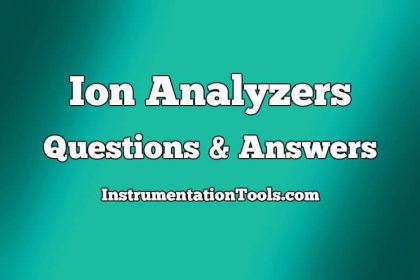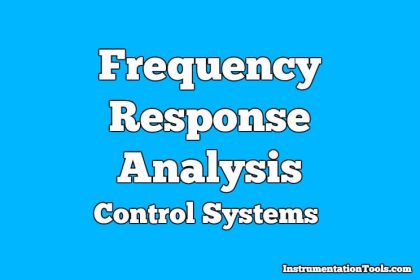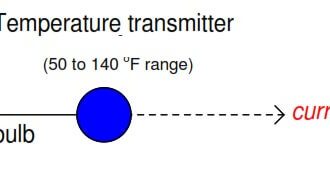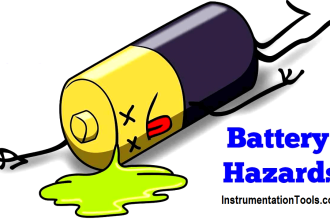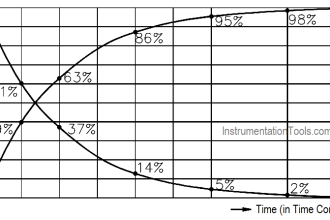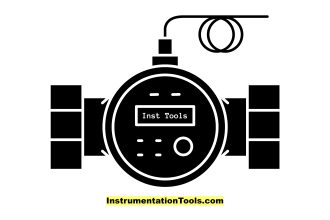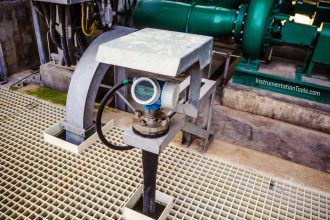Chromatographic Behaviour of Solutes Questions & Answers
1. How is molar concentration of solute in stationary phase related to molar concentration of solute in mobile phase?
a) Directly proportional
b) Inversely proportional
c) Equal
d) Not related
Answer: a
Explanation: In chromatography, molar concentration of solute in stationary phase is directly proportional to molar concentration of solute in mobile phase.
Cs α Cm
Cs = k Cm
‘k’ is the distribution constant.
2. If the value of the distribution constant ‘k’ is one, then what could be inferred about the distribution of solute?
a) Its distribution in stationary phase is greater
b) Its distribution in mobile phase is greater
c) It is equally distributed in stationary and mobile phase
d) It is distributed in a random manner
Answer: c
Explanation: In chromatography,
Cs α Cm
Cs = k Cm
If k=1, it denotes that the solute is equally distributed in mobile and stationary phase.
3. The time taken by the analyte after sample injection to reach the detector is called _________
a) Dead time
b) Solute migration rate
c) Adjusted retention time
d) Retention time
Answer: d
Explanation: The time taken by the analyte after sample injection to reach the detector is called retention time. The retention of a solute in the system can be used to identify the solute.
4. The time required for a molecule of the mobile phase to pass through the column is called ___________
a) Dead time
b) Solute migration rate
c) Adjusted retention time
d) Retention time
Answer: a
Explanation: The time required for a molecule of the mobile phase to pass through the column is called dead time. The effectiveness of the system depends on dead time.
5. Adjusted retention time is the remaining retention time after subtracting __________ from ___________
a) Solute migration rate and retention time
b) Retention time and solute migration rate
c) Dead time and retention time
d) Retention time and dead time
Answer: c
Explanation: Adjusted retention time is the remaining retention time after subtracting dead time from retention time. It affects the effectiveness of the system.
6. Which of the following is the volume of mobile phase required to make a solute band move from the point of injection through the column to the detector?
a) Dead volume
b) Retention volume
c) Void volume
d) Adjusted retention volume
Answer: b
Explanation: Retention volume is the volume of mobile phase required to make a solute band move from the point of injection through the column to the detector.
7. Adjusted retention volume is the remaining retention volume after subtracting ___________ from _____________
a) Solute migration rate and retention volume
b) Retention volume and solute migration rate
c) Dead volume and retention volume
d) Retention volume and dead volume
Answer: c
Explanation: Adjusted retention volume is the remaining retention volume after subtracting dead volume from retention volume.
Vadjusted retention = Vretention – Vdead
8. Which of the following is defined as the ratio of moles of solute in stationary phase to the moles of solute in mobile phase?
a) Distribution constant
b) Volumetric phase ratio
c) Retention factor
d) Total porosity
Answer: c
Explanation: Retention factor is defined as the ratio of moles of solute in stationary phase to the moles of solute in mobile phase. It is used for determining the migration rates of solutes in the column.
9. Which of the following is the ratio of interstitial volume of packing to the volume of its total mass?
a) Distribution constant
b) Volumetric phase ratio
c) Retention factor
d) Total porosity
Answer: d
Explanation: Total porosity is the ratio of interstitial volume of packing to the volume of its total mass. In capillary column, total porosity is 1.
10. Which of the following is the ratio of length of column packing to dead time?
a) Average linear rate of solute migration
b) Average linear rate of mobile migration
c) Relative migration rate
d) Selectivity factor
Answer: b
Explanation: Average linear rate of mobile migration is the ratio of length of column packing to dead time. It influences the effectiveness of the column in separating solutes.
11. Which of the following is the ratio of length of column packing to retention time?
a) Average linear rate of solute migration
b) Average linear rate of mobile migration
c) Relative migration rate
d) Selectivity factor
Answer: a
Explanation: Average linear rate of solute migration is the ratio of length of column packing to retention time. It influences the effectiveness of the column in separating solutes.
12. Retention distance is the distance between point of injection and minimum peak in the recorder or computer generated chart.
a) True
b) False
Answer: b
Explanation: Retention distance is the distance between point of injection and maximum peak in the recorder. The chart is drawn between time and concentration of the solute.
13. Retention volume can be obtained by finding the product of which of the following parameters?
a) Dead time and total porosity
b) Retention time and volumetric flow rate
c) Adjusted retention time and volumetric flow rate
d) Retention time and total porosity.
Answer: b
Explanation: Retention volume can be obtained by finding the product of retention time and volumetric flow rate.
Flow rate = Cross section of empty column × Average linear velocity × Total porosity
14. Retention factor is also known as capacitance factor.
a) True
b) False
Answer: a
Explanation: Retention factor is also known as capacitance factor. It can be denoted as k’.
15. What must be the value of selectivity factor?
a) Equal to 1
b) Less than 1
c) Greater than 1
d) Greater than 0
Answer: c
Explanation: Selectivity factor/ Relative retention must always be greater than 1. It is also known as Relative migration rate.





